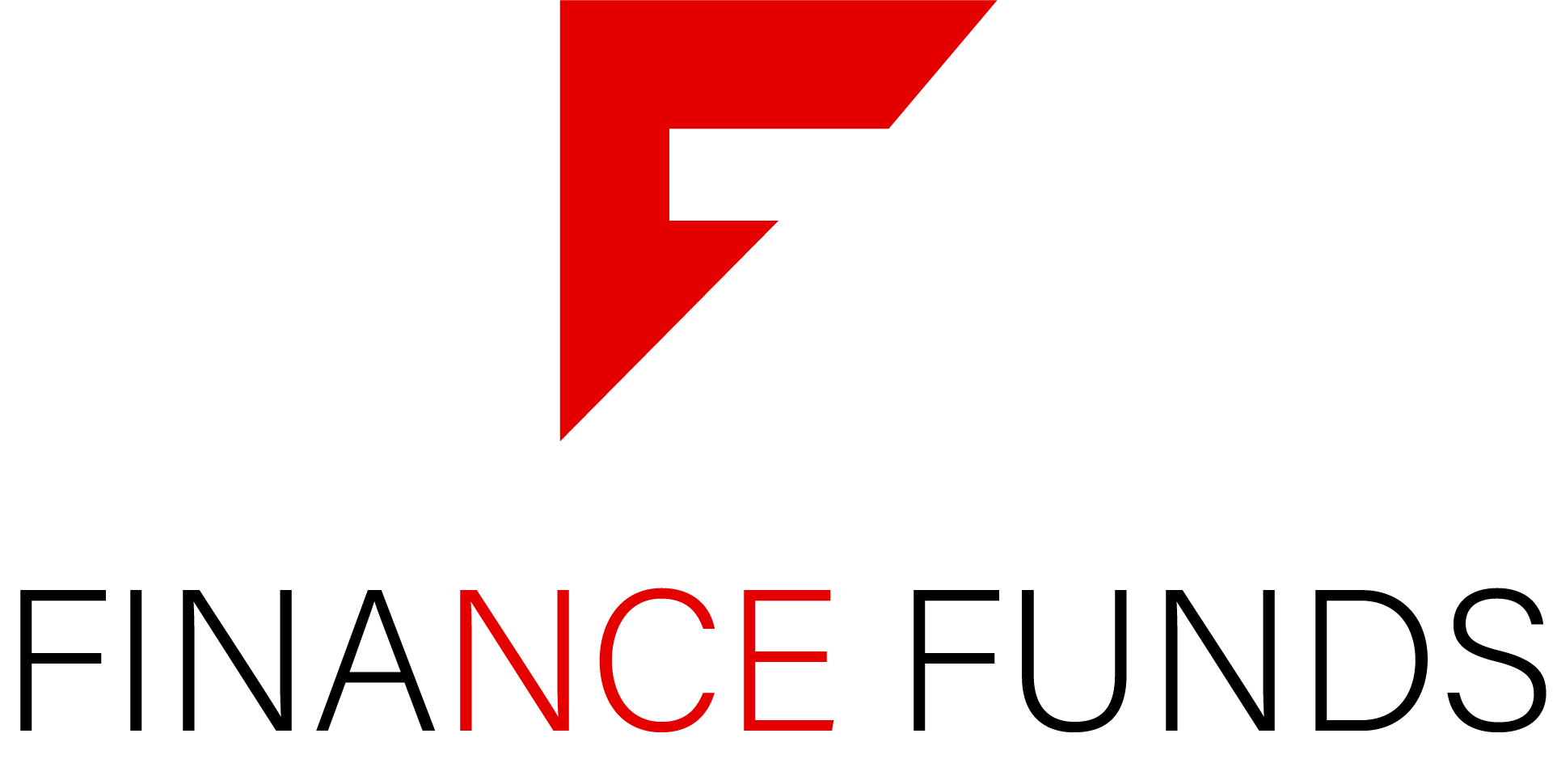The first observation of the difference between either one of these scoring models is to state the value of either one. What we know is that FICO Scores are used in over 90% of lending decisions. While on the other hand FAKO Scores are most commonly used for “educational purposes” and not lending decisions.
The three major Credit Reporting Agencies (CRAs) Experian, Equifax and TransUnion have to pay Fair Isaac to license their proprietary FICO scoring algorithm. So the three CRAs banded together to create the Vantage credit score for their own use and specifically intended to save themselves money. However FICO was and still is the gold standard for lending/credit decisions.
What becomes even more interesting is that the CRAs also promote and use their own individual Brand of scores as well. TransUnion has the Trans Risk Score with a score range of 300 – 850. Experian developed and uses the Experian Plus Score that ranges from 330 – 830 and then there is The Equifax Credit Score that ranges from 280 – 850 according to the Consumer Financial Protection Bureau (CFPB).
If the Vantage score is an example of the differences between what values are used to develop these differing scores then we can assume that the individual Brands of scores developed by each of the three Bureaus will then be organized in a same or similar way. Which makes the following comparison of the Vantage to the FICO scoring models and the values used an important point to make here.
The original VantageScore ranges from 501 to 990 and also gives consumers a letter grade from A to F. The newest model, Vantage Score 3.0, uses a scoring range from 300 to 850, just like a FICO score uses.
Vantage Score 3.0 criteria, ranks FICO Score criteria, ranks
Payment history (32%), Payment history (35%)
Credit utilization (23%), Amounts owed (30%)
Credit balances (15%), Length of credit history (15%)
Depth of credit (13%), New credit (10%)
Recent credit (10%), Types of credit in use (10%)
Available credit (7%)
What’s interesting here is that the original Vantage scoring range was much higher than a FICO scoring range. What this did in practical terms was to elevate the consumer’s belief in what their own now inflated credit worthiness was. As a result the CFPB began looking into this impact on the consumer and then the Vantage model simply changed in order to better mirror a FICO scoring range.
In the end it’s clear that none of the CRAs are making any effort to inform the public that the use of the wording “Your credit score” would tend to indicate that the consumer is receiving the one and only scoring model most familiar to them, meaning a FICO Score. Leading them to believe that they are receiving a “valuable” score when in fact they’re receiving anything but that “for free”. Instead they receive a score that is significantly different from the FICO Scores that the CRAs are actually selling to lenders. From our position we believe that this is an intentional deception being perpetrated by the CRAs to pray on the average consumer’s simple lack of knowledge and understanding surrounding these significant differences. All in the interest of and designed to keep more profits in the hands of the CRAs.








